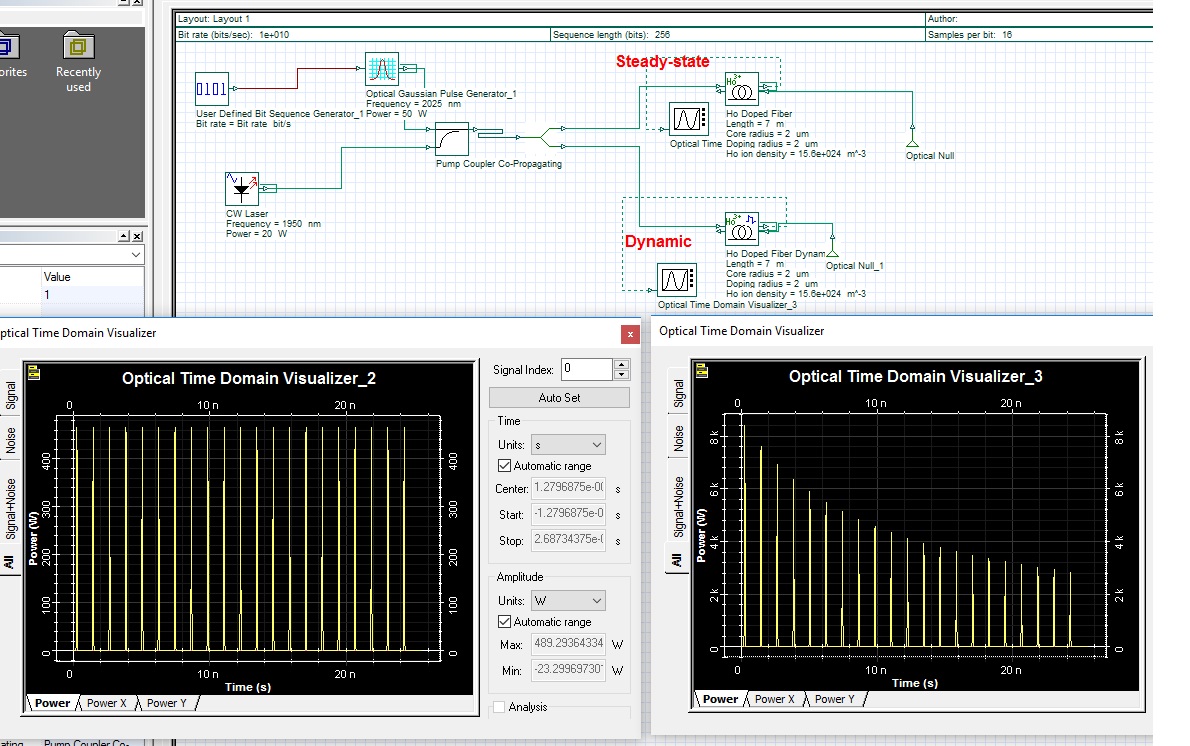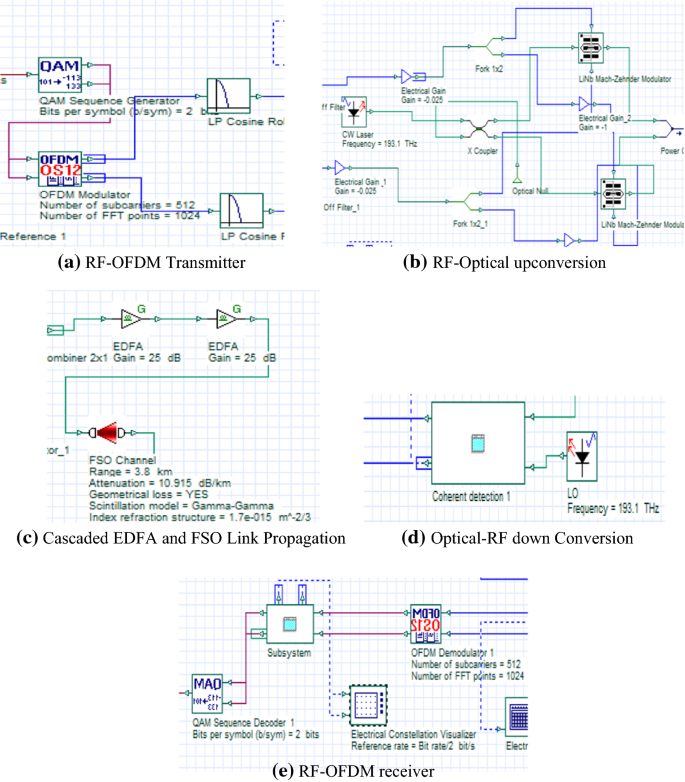

The customers can use it on different online applications, audio/video streaming, videoconferencing, online messaging, and web browsing.

The need for high-speed Internet is significantly growing with the fast expansion of smartphones. The atmospheric turbulence happens because of the scattering, absorption, and dispersion due to fog, haze, mist, snow, and rain. The light beam loss happens because of the absorption due to molecular diffusion and scattering caused by fog, rain, snow, and haze. However, these significant ranges of FSO benefits are challenged by its high susceptibility to attenuation because of the weather and turbulence conditions. FSO provides local area network unlicensed spectrum, simple deployment, free electromagnetic signal interference, and extremely high data rate. Recently, FSO communication, , has shown an attractive alternative solution that replaces the radio and microwave communication with Gigabits data rate. The optical communication is not accessible in remote areas because of both the deployment difficulty and the cost-ineffective. Though optical communication has been providing tremendous data rates in a glass guided communication link, the benefits of Free Space Optics (FSO) was mot exploited even though it has significant data rate, security, and reliability benefits over the ordinary RF wireless communications. This increased customer attraction has led to significant demand for high Quality of Service (QoS). The wireless communication has shown pragmatic development.


 0 kommentar(er)
0 kommentar(er)
